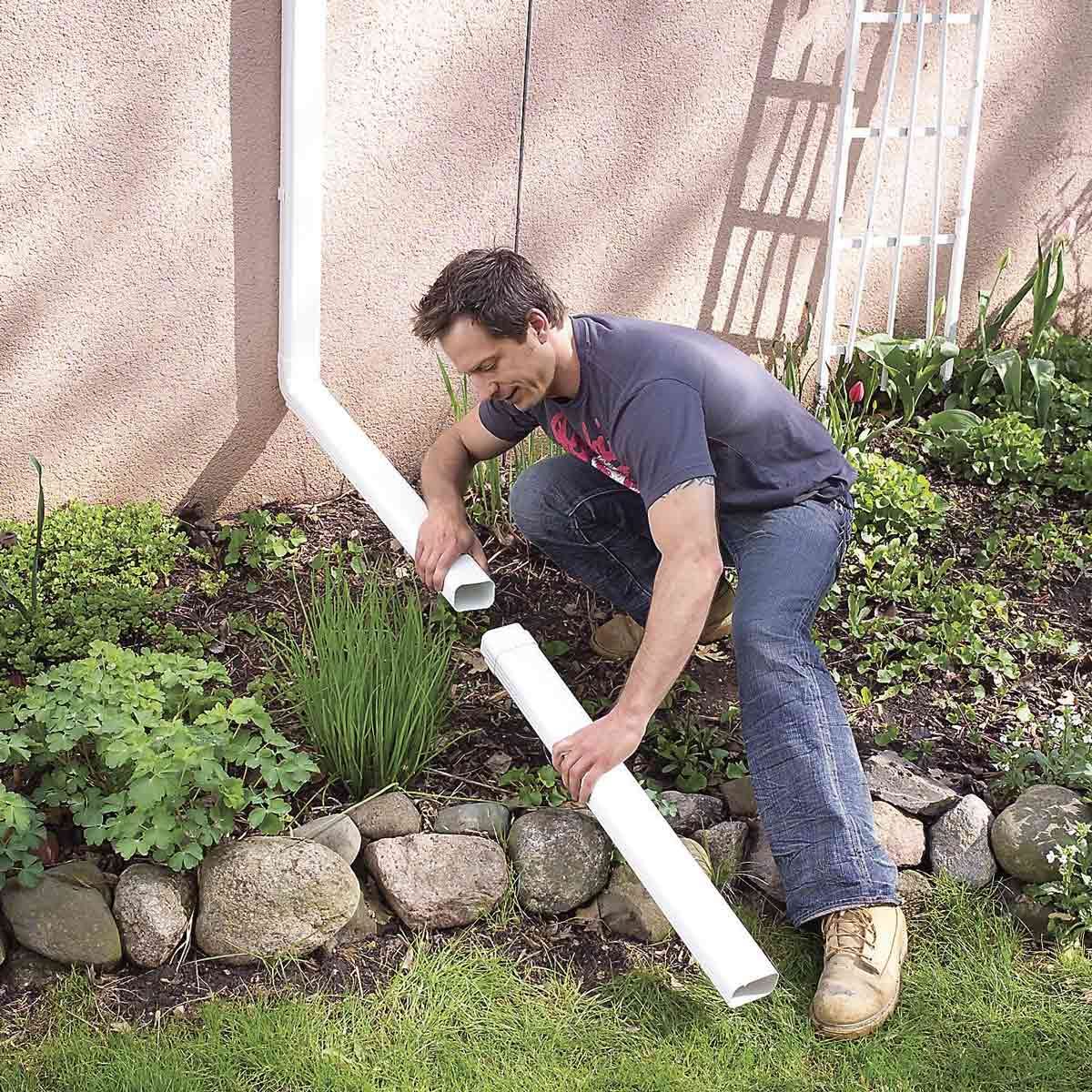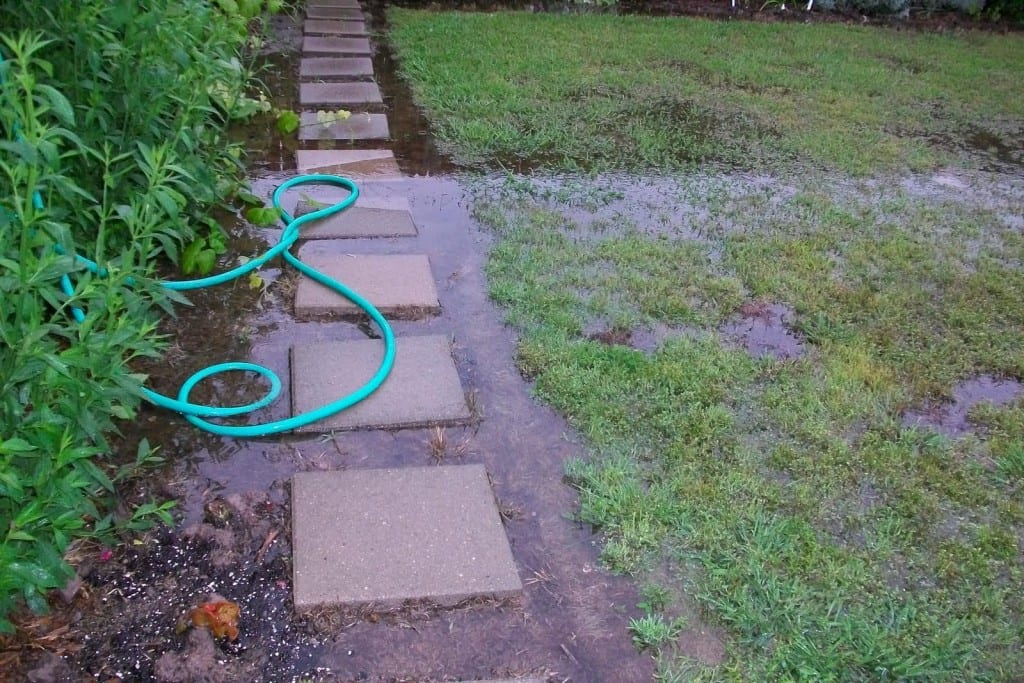A well-designed drainage system for garden is the backbone of a healthy, thriving garden. Without it, your beautiful plants can suffer from waterlogging, root rot, or even erosion. Proper drainage ensures that your garden remains lush and vibrant while preventing long-term damage to your soil, plants, and lawn. In this article, we’ll explore how installing a proper drainage system can transform your garden, providing the best solutions to combat water issues and improve the health of your outdoor space.
1. Why Drainage is Essential for Your Garden
Water is crucial for plant growth, but too much of it can be harmful. Excess water can suffocate plant roots, promote fungal diseases, and lead to soil erosion. Proper drainage prevents water from pooling in your garden, ensuring that it drains away efficiently, keeping the soil well-balanced. A good drainage system will:
- Prevent waterlogging: Ensure water flows away from the garden, keeping soil from becoming too saturated.
- Improve plant health: Proper drainage provides better aeration for plant roots, improving root health and overall plant growth.
- Prevent erosion: A drainage system will direct water away from slopes and prevent soil erosion.
- Enhance curb appeal: A dry, well-maintained garden is much more aesthetically pleasing and easier to maintain.
2. Identifying the Drainage Needs of Your Garden
Before you install a drainage system, it’s essential to evaluate the specific water issues in your garden. Different gardens have different drainage needs, depending on the type of soil, the terrain, and the climate. Here’s how to assess the drainage needs of your garden:
- Assess water pooling: Walk around your garden after a rainfall and identify areas where water tends to collect. Low-lying spots, depressions, and areas with heavy clay soil are most likely to suffer from waterlogging.
- Consider soil type: Clay soil holds water and drains slowly, while sandy soil drains quickly. If your garden has clay soil, you might need a more sophisticated drainage solution, such as a French drain or soakaway.
- Evaluate garden slopes: If your garden is on a slope, water will naturally flow downhill. You may need a system to redirect this water and prevent it from eroding soil or flooding lower garden areas.
3. Best Drainage Solutions for Your Garden
There are a variety of drainage systems that can be used to solve different garden water issues. Below are some of the most effective drainage solutions for transforming your garden:
French Drains
A French drain consists of a trench filled with gravel, with a perforated pipe placed inside. This system collects surface water and redirects it to an area where it can drain safely, such as a soakaway or storm drain.
- Best for: Gardens with poorly draining soil or areas where surface water accumulates.
- How it helps: A French drain helps prevent water from collecting in low areas, protecting plants from waterlogging and allowing excess water to drain efficiently.
Soakaway Systems
Soakaways are ideal for gardens where excess water needs to be absorbed back into the soil. These systems involve digging a pit, filling it with gravel, and allowing water to soak through and filter into the ground.
- Best for: Gardens with permeable soil where water can be absorbed without causing flooding.
- How it helps: A soakaway allows water to naturally filter into the ground, preventing surface water from pooling and ensuring your garden remains dry.
Trench Drains
Trench drains are perfect for areas where water collects along paths or near the foundation of your house. These narrow, gravel-filled trenches are designed to collect water and channel it away from your garden.
- Best for: Paths, driveways, or areas with localized waterlogging problems.
- How it helps: Trench drains prevent water from collecting in these low-lying areas, keeping your garden and walkways dry.
Swales (Shallow Ditches)
Swales are wide, shallow ditches designed to redirect water flow and prevent erosion. They can be planted with grass or shrubs, which helps slow water down and allows it to soak into the soil.
- Best for: Sloped gardens or larger areas with significant runoff.
- How it helps: Swales use the natural flow of water to direct it away from areas that are prone to waterlogging and into designated drainage spots.
Surface Drains
Surface drains collect excess water on the surface of your lawn or garden. These drains capture and redirect water to prevent puddles and flooding in the garden.
- Best for: Flat garden areas or lawns where surface water pools after heavy rainfall.
- How it helps: Surface drains efficiently collect and redirect water, preventing puddles and maintaining healthy soil.

Gutters and Downspouts
Improperly managed roof runoff can cause flooding around your garden. Installing or improving gutters and downspouts ensures that water flows from your roof to a drainage system instead of pooling in your garden.
- Best for: Gardens near roof runoff areas or places where downspouts pour water directly into the garden.
- How it helps: Redirecting water from your roof prevents excessive moisture from flooding your garden beds.
Permeable Paving
For hardscapes like patios, driveways, or garden paths, permeable paving materials such as porous concrete, gravel, or bricks with gaps allow water to seep through and be absorbed by the soil beneath.
- Best for: Garden paths, patios, or driveways where water often pools.
- How it helps: Permeable paving reduces runoff, allowing rainwater to filter into the ground instead of running off and flooding garden areas.
4. Maintaining Your Garden Drainage System
Once your drainage system is in place, regular maintenance is crucial to ensure it continues functioning efficiently. Here are a few maintenance tips:
- Clear debris from gutters and downspouts: Leaves, twigs, and dirt can clog your gutters, leading to overflow and water pooling in your garden.
- Inspect drainage pipes and channels: Check for blockages or damage to your drainage system regularly and clean or repair them as needed.
- Ensure proper flow in swales and trenches: Remove any debris or soil that may obstruct the flow of water and regularly check for erosion along these systems.
- Check soakaways: Periodically inspect soakaways to ensure they aren’t blocked and that water is infiltrating properly.
5. Consider Professional Help for Complex Drainage Issues
While some drainage systems can be installed as DIY projects, larger or more complex drainage issues may require the expertise of a professional. A drainage expert can assess your garden’s specific needs and design a custom solution that ensures your garden stays dry and healthy.
Conclusion
Transforming your garden with a proper drainage system can help prevent waterlogging, improve plant health, and protect your landscape from erosion. By choosing the right drainage solution, such as a French drain, soakaway, or swale, you can ensure your garden stays dry and your plants thrive no matter the weather. A well-maintained drainage system not only enhances the beauty of your garden but also helps safeguard it from the long-term effects of poor water management.
